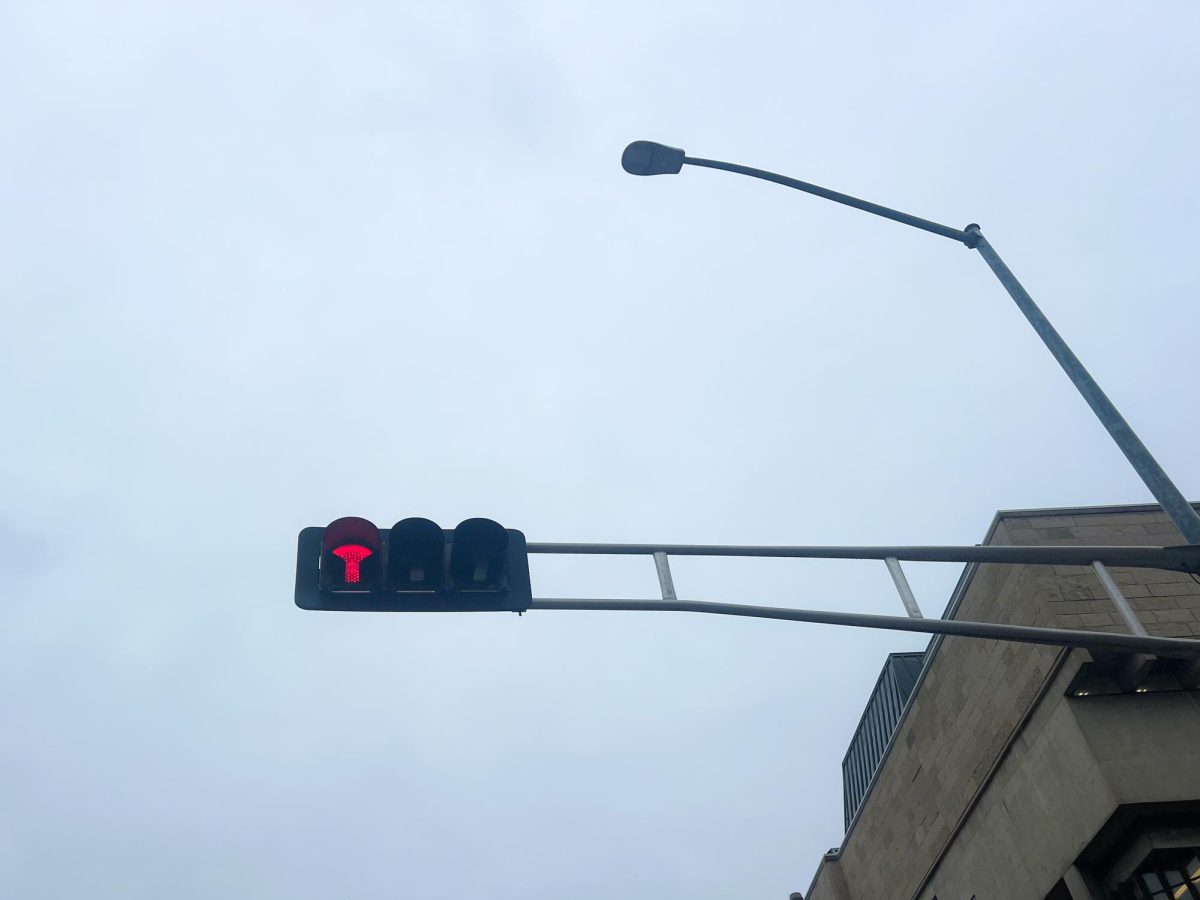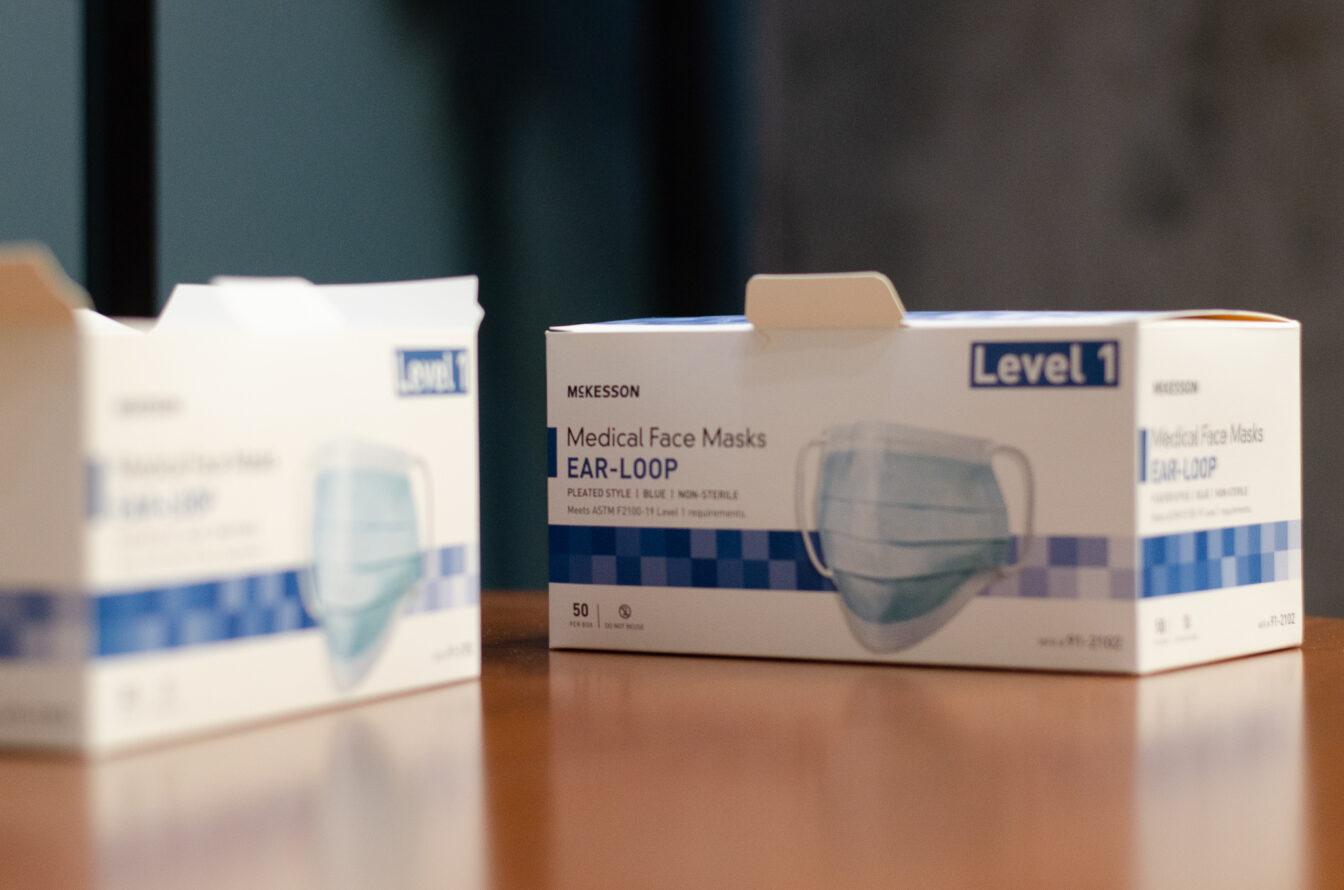
Well before taking their first steps onto a college campus, the majority of women have at some point heard the statistic that one in every four females will be the victim of rape or attempted rape during their college years.
Members of the University of Wisconsin community working to combat sexual assault, domestic violence and stalking on campus say the issue is as prevalent as ever at UW and remains an equally dominant concern at other Big 10 universities.
Alcohol as a drug
From a young age, women are taught to “watch their drinks” and not seriously socialize with individuals they do not know well. But, what many women on college campuses fail to realize, Promoting Awareness, Victim Empowerment spokesperson Jacqueline O’Reilly said, is that alcohol is the number one drug behind rape.
“Often times, students disclose to us and it’s a very similar story often involving alcohol,” O’Reilly said. “If you listen to the language students are using, alcohol is seen as the gateway to consent, but if anything, it inhibits the ability to consent.”
Many of the cases brought to PAVE, O’Reilly said, involve students drinking at a party and being coerced into a situation they are not comfortable with, despite the fact that the circumstances may look different from the outside.
As a result of the key role alcohol plays in sexual assault incidents on college campuses, victims are often blamed for the assault, Shira Phelps, University Health Services Violence Against Women Prevention Coordinator, said.
Situations often arise, Phelps said, where the perpetrator will argue the charges are questionable because both parties were under the influence.
“The excuse that gets jumbled is ‘I was drunk, too, so technically didn’t we rape each other?'” Phelps said. “You don’t get off for killing someone when you’re drunk, so why would you get away for sexual assault when drunk? Alcohol does not make it okay.”
Because of the heavy drinking culture in Madison, alcohol’s role in sexual assault is especially prevalent on the UW campus, Carmen Hotvedt, UHS Violence Prevention Specialist, said.
A study conducted during the spring 2010 semester showed UW was on par with other Big 10 campuses in regard to sexual assault prevalence.
Still, Hotvedt said, UW has to consider the potential for greater problems on campus in light of the study’s showings.
“There’s no indication that sexual assault at UW is any worse or better than at any other Big 10 campus, but we also know that we have a very high-risk drinking issue here,” Hotvedt said. “And, because most sexual assaults on campuses peer-to-peer happens when alcohol is in use, that might give us some different information [from the study].”
The reality on the UW campus
According to the 2009 UW System Sexual Assault Report, the UW campus led the other universities in the System for sexual assaults reported both on and off-campus.
The System saw a total of 170 reported sexual assaults at its 13 campuses with UW hosting 45 of the assaults, more than a fourth of all reported attacks, according to the report. Of those attacks, 13 occurred on campus with 32 taking place off-campus.
Madison Police Department spokesperson Joel DeSpain said statistically, sexual assaults on campus and in Madison went up over the last year, but Kelly Anderson, Director of the Madison Rape Crisis Center, said the spike could just be a reflection of an increase in students reporting.
DeSpain said students rarely bring cases forward involving strangers, but when those incidents are reported, they are taken very seriously because the greater community is put at risk.
UW saw a spike in stranger assaults against women this past summer when a string of unsolved attacks on University Avenue left the campus on alert, DeSpain said.
While alcohol is involved in a number of sexual assault cases on campuses nationwide, O’Reilly said 90 percent of college assaults are committed by an acquaintance.
According to the UW System report, 28 of the 45 assaults on the UW campus were committed by acquaintances; nine had perpetrators who were non-acquaintances. In eight of the reports, it was unknown whether the offender was an acquaintance.
Still, O’Reilly said only five percent of college-aged sexual assault victims disclose to police or any type of authoritative body, so when a university releases statistics on sexual assaults, she said the numbers are often inaccurate.
“Those numbers aren’t an accurate representation of what’s going on throughout campus because of how intolerant people can be to victims disclosing,” O’Reilly said. “We don’t really have numbers to measure its occurrence.”
While Anderson said the numbers reported likely do not reflect the reality of sexual assault on campus, she said she believes UW legitimately reports the number of assaults disclosed to the university.
Anderson said it is important for students to recognize the numbers still reflect an incomplete picture because of underreporting.
Despite federal requirements to track and report assaults on campus, Anderson said prospective students and parents at other universities around the country are often fed false information in an attempt to make the campuses look safer.
“It’s a huge challenge for universities who are being honest and confronting this problem – that’s when you get pegged as being less safe, whereas campuses who cover it up are going to have stats that make them look better,” Anderson said. “The biggest variable between campuses is not how much sexual assault is happening, but rather how many victims feel safe reporting and getting the help they need.”
When students come to PAVE members to disclose, O’Reilly said two common trends prevail: The attack is often non-violent and often comes down to the perpetrator not getting consent.
During a 2009-2010 campus survey conducted by the violence prevention ward of UHS, four in five students said they were willing to get verbal consent from a partner, Hotvedt said.
“We need to start looking at what about that one in five is going to make them think they have consent,” Hotvedt said. “They can see their partner is clearly drunk, but they cannot identify those other warning factors for someone being incapacitated.”
Getting justice: Not an easy task
While only five percent of college students are reporting sexual assaults to authorities, according to Anderson, an even lower number of women eventually get justice.
Anderson said the Dane County District Attorney’s Office, where assaults reported to UWPD or MPD would be prosecuted, is currently understaffed, resulting in an increase in plea bargains and some cases being entirely dropped, even when the DA is confident in the case.
Cases often never see a jury trial, Anderson said, because of the societal norms associated with sexual assault and the consequent negative jury response.
Anderson pointed to a recent allegation being dropped against Ald. Brian Solomon, District 10, despite the DA’s remarks that she was confident Solomon had sexually assaulted a city clerk.
“It’s very hard to put the victim through a jury trial when you’re sure you won’t get a conviction even when you know the law was broken,” Anderson said. “Nationally speaking, only about 10 percent of victims who report end up seeing their perpetrators serving a day incarcerated.”


















